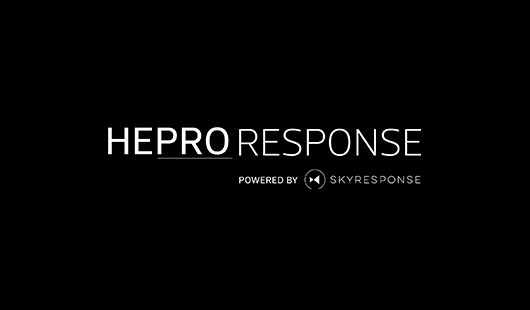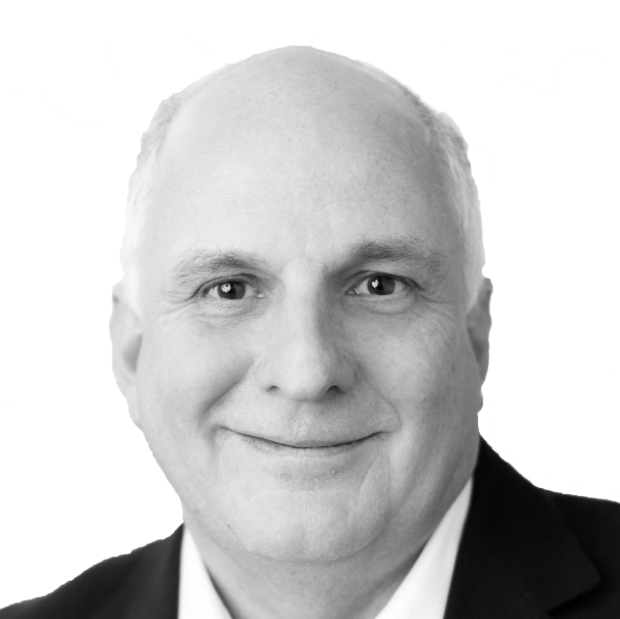As previously discussed, technology enabled care (TEC) is an umbrella term used to describe and refer to telemedicine, telecare, telehealth, but also mobile, electronic, and digital health care services. With the technological advancements available, the application of TEC is constantly developing – care providers and healthcare professionals are nowadays presented with various tools in addressing specific and complex challenges within the care industry. In the United Kingdom, the TSA is the industry and advisory body for technology enabled care. The TSA is also lobbying for increased uptake of digital solutions and technology enabled care into health care.
Technology enabled care isn’t limited to the tools and devices used by both care providers and care receivers. TEC is above all about developing and further enhancing systems to create a better working environment for care providers, as well as allowing care receivers to become more independent. In other words, to make care delivery for patients and care receivers convenient, effective, and efficient.
Advancements in technology enabled care today
Before the advent of digital and smart solutions, the care industry relied mostly on analogue technology. In fact, a report published in 2019 found that the vast majority of telecare services in Europe are still reliant on analogue platforms. While these solutions are still functional and beneficial, the digital and smart solutions that exist today are beneficial in telecare, telemedicine, and telehealth and both providers and receivers stand to gain from these innovations.
In telecare alone, non-wearable sensors in the form of radars, placed within the proximity of the patient are already available. These can reliably monitor movement and sound, promptly notifying response centres or care providers in the event of an emergency. Thoughtfully developed smart cameras also exist on the market today – these devices were specifically developed with patient privacy in mind, and can be configured to face the patient or the care receiver only during scheduled monitoring windows. All care receivers have the choice to have offline multi-functional voice assistants installed to control their devices at home, allowing for a more seamless and independent living experience.
The role of data, in driving technology enabled care forward
As mentioned earlier, innovations are constantly changing and enhancing the landscape and the applications of TEC, and the use of data is one of the biggest contributing factors. And so is the concept of anytime, anywhere care. With anytime, anywhere care, patients can be attended to immediately, since anyone given access to the alarm management system of the particular care receiver can handle and escalate the alarm events, and potentially preventing emergency situations. Physicians and healthcare professionals can also consensually access the records of the patients, thanks to real-time data capture and data sharing.
Highly personalised solutions are made possible by real time data capture. These include devices that can study and learn the movements and daily activities of the user, and can alert providers in case of unusual changes that could point to suspected signs of an illness.
The impact of the analogue to digital shift in technology enabled care
The shift from analogue to digital will completely take effect in 2025. When this happens, devices still on the analogue platform will cease to function, and as 2025 approaches quickly, these devices will therefore see less support from providers. The TSA recommends that systems and devices employed in TEC should transition quickly to technologies or platforms “designed to operate reliably over digital landline and/or mobile networks.” Alongside this lies the recommendations to review the impact of the transition to their alarm services by the service providers.
While transitioning away from analogue platforms may seem initially daunting, doing so can greatly benefit service providers, care providers, and care receivers. Traditional solutions are becoming costlier to maintain, whereas digital systems are easier to update and modify if necessary. Migrating to digital platforms will in addition allow providers to utilise modern solutions tailored exactly to their specific needs, hence address complex and specific problems. More importantly, alongside this, a platform provider such as Skyresponse could help with a seamless transition, much thanks to their implementation of their cloud-based platform.
Implement advanced TEC solutions today with Skyresponse
While old and analogue-based technology enabled care solutions and devices are still somewhat functional, moving to digital platforms will show considerable benefits that outweigh the initial costs and challenges of the actual transition from these analogue platforms. The 100% cloud-based and future-proof platform of Skyresponse allows service providers to build a system that caters to their specific needs. Moreover, the scalable platform provided by Skyresponse also allows users to easily augment their system as they see fit.




